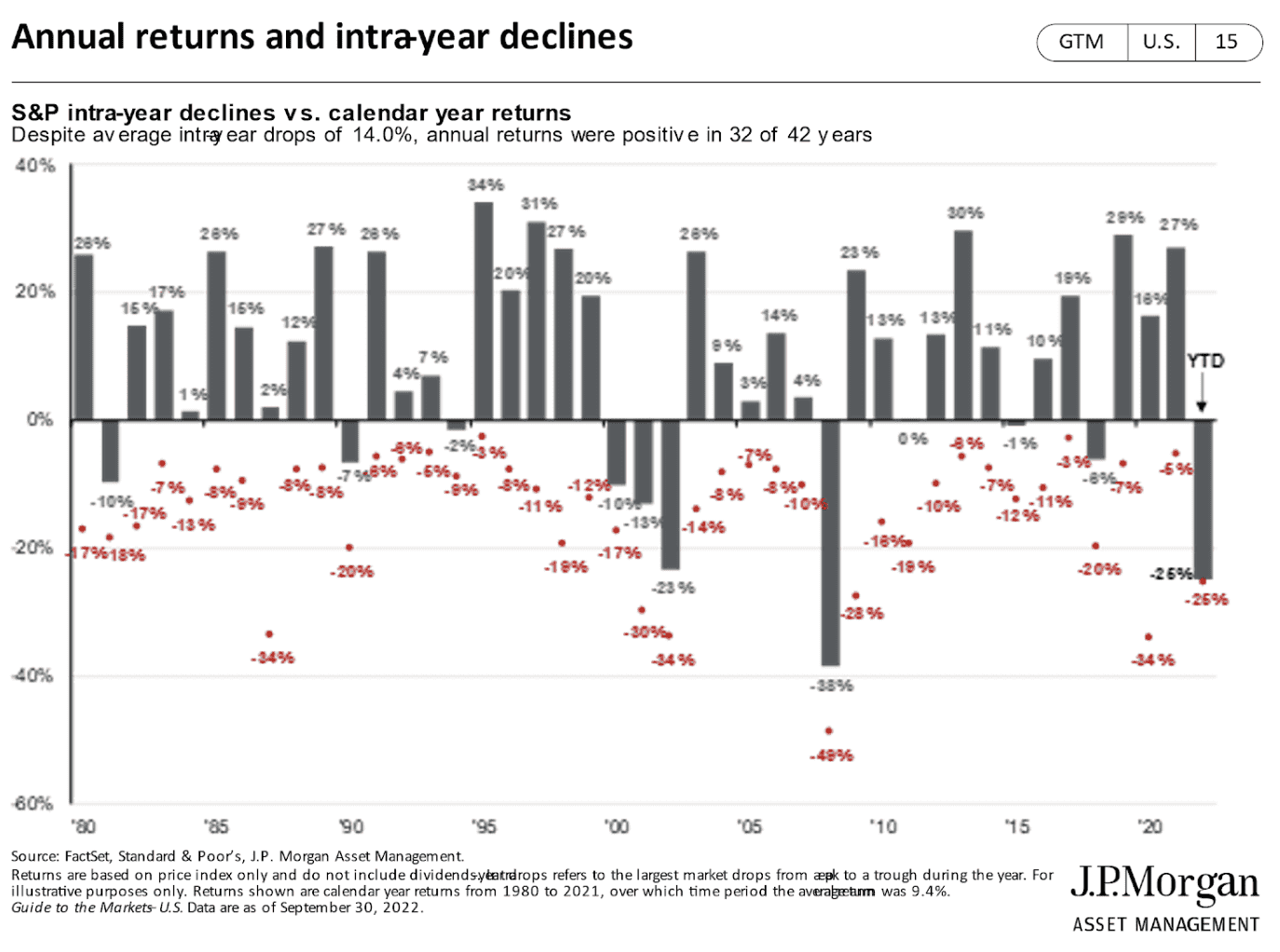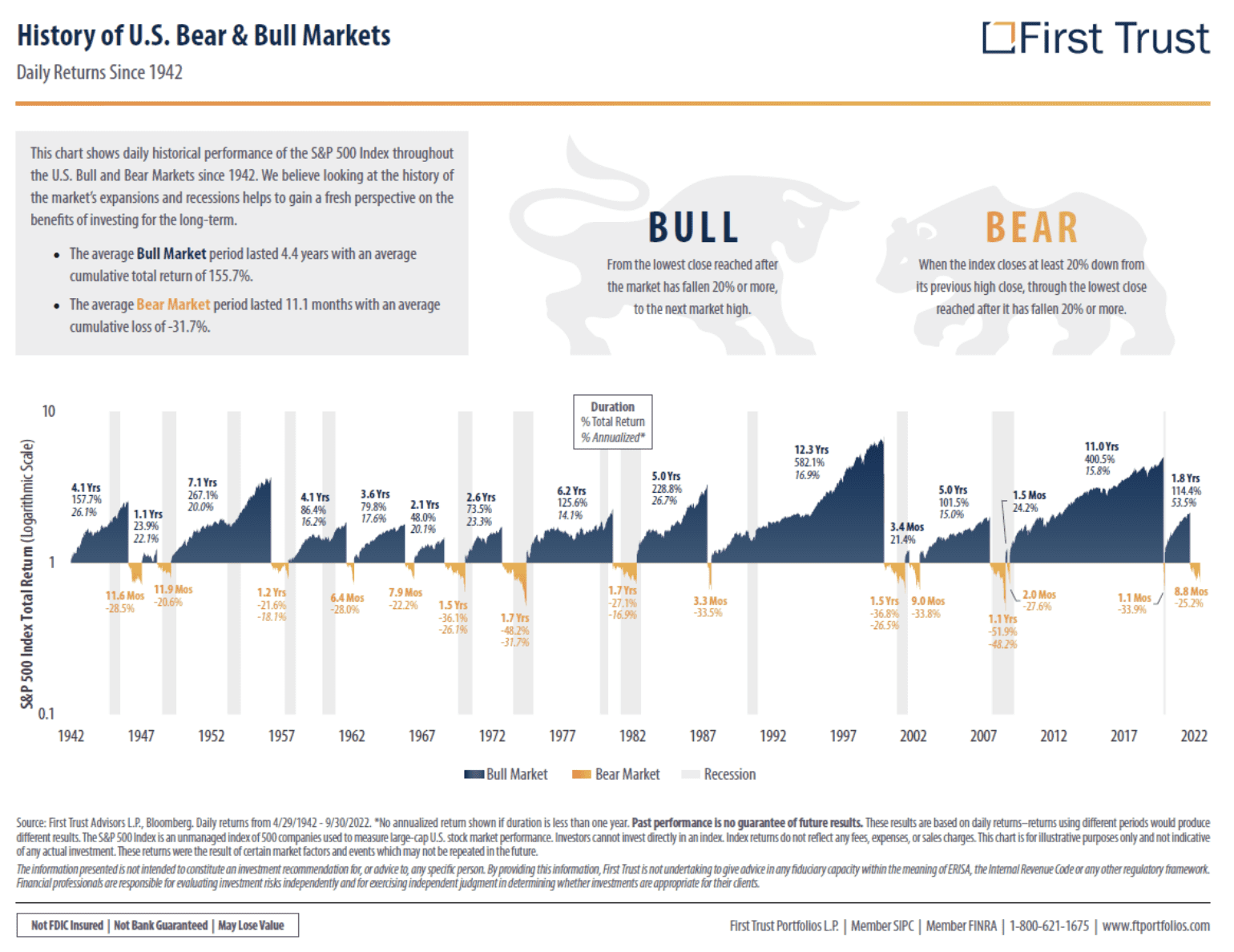In the pension and Social Security law infancy of the 1930s, normal retirement was age 67 and life expectancy was age 62. It simply wasn’t expected that most were ever going to collect on either.
With the advancement of modern medicine, life expectancy has been extended closer to age 84. Yet corporate America has a pension system that would allow the employees the ability to retire as early as age 55, with an unreduced pension, based on an 85-point system (combination of age and years of service).
Today, with extended life expectancy and an early retirement feature, the actual years spent in retirement has been extended well beyond what pension actuaries were prepared for. Traditional defined benefit pension plans guarantee a retiree an income for life. If married, it is possible to guarantee an income for the lives of both spouses. Over time, this has become a crippling financial obligation for corporate America. With the approval of the IRS and ERISA, corporate America decided to start unwinding traditional defined benefit pension plans and convert them to cash balance plans. They were obligated to use a certain formula tied to current interest rates and an actuarial life expectancy. It is somewhat counterintuitive that a rising interest rate environment would actually lower a potential lump sum pension payout. The reason the direction interest rates moving have an inverse effect on lump sum pension values lies within how the conversion calculation is done. First, the original traditional pension benefit obligation is calculated based on the employees earned credits. This results in an amount the employee is to receive monthly. Then, that monthly income amount is converted into a lump sum present value of what the total future payout would be over the participants lifetime. The participant’s lifetime is determined by actuarial life tables.
For example, if you’re trying to calculate for an income replacement, the higher the interest rate the lower the actual lump sum needed. So if I need $5,000 per year of income and can earn 5% on my money, I need $100,000 invested. If I could earn 8% on my money I only need approximately $62,500 invested to replace that same $5,000 of income. The higher the interest rate at the time of retirement the lower the lump sum. The US government has been raising interest rates in an attempt to slow inflation.
All this is quite confusing and complex. Most people just want to retire worry free, but today they feel as though they are required to become pension actuaries and investment professionals before doing so. It is fair to say most are just trying to make their best informed retirement decision. This is where it becomes invaluable to seek the advice of a trained professional. These types of decisions are typically irreversible and will impact you for life.
Please reach out to one of our financial advisors before trying to make this life-altering decision on your own. We are here for you and your friends and co-workers. Let us help!





